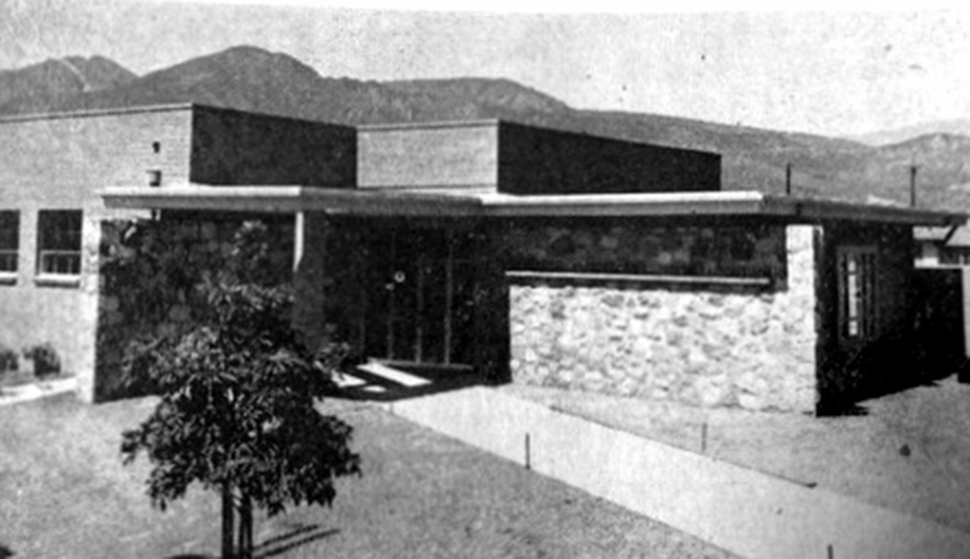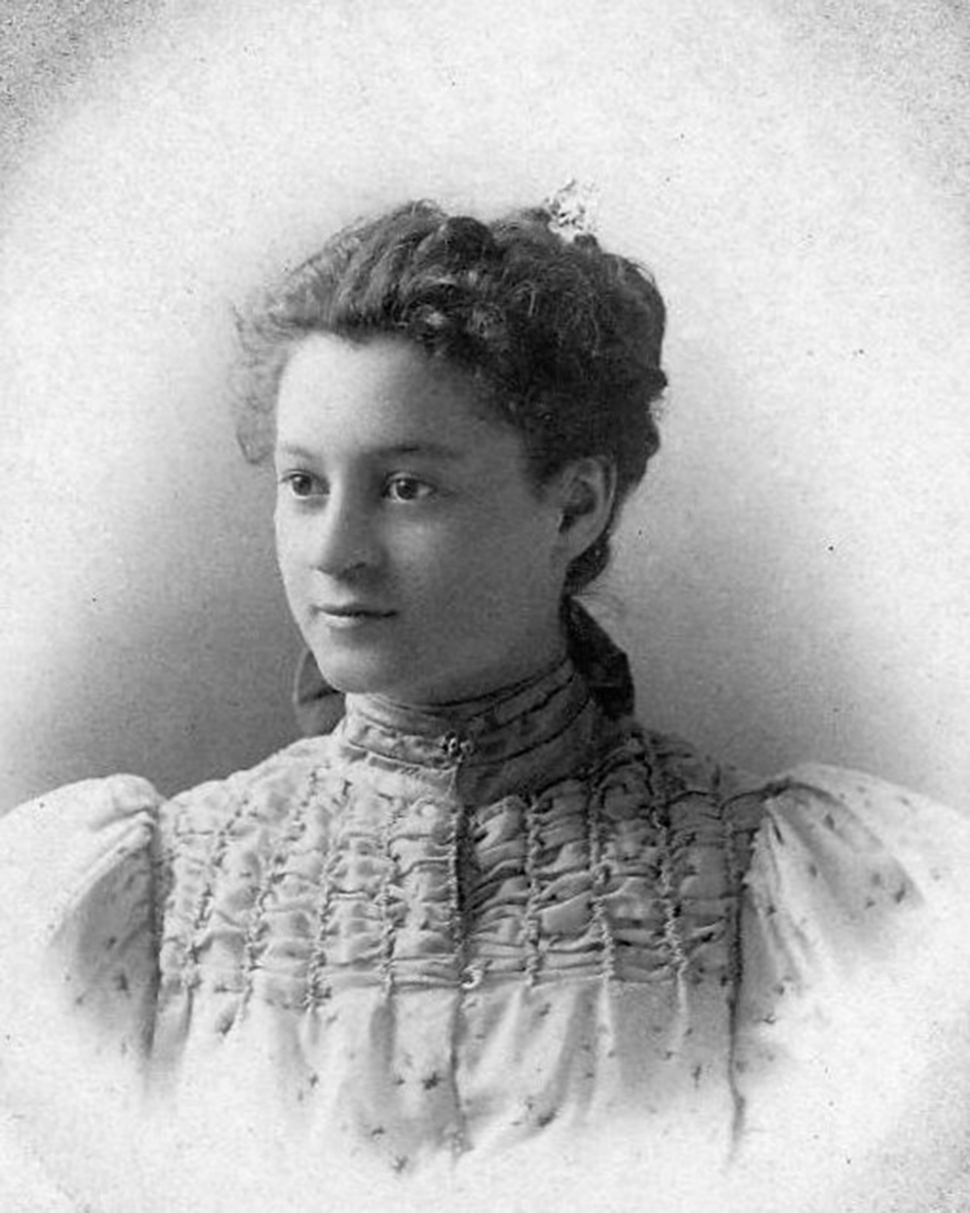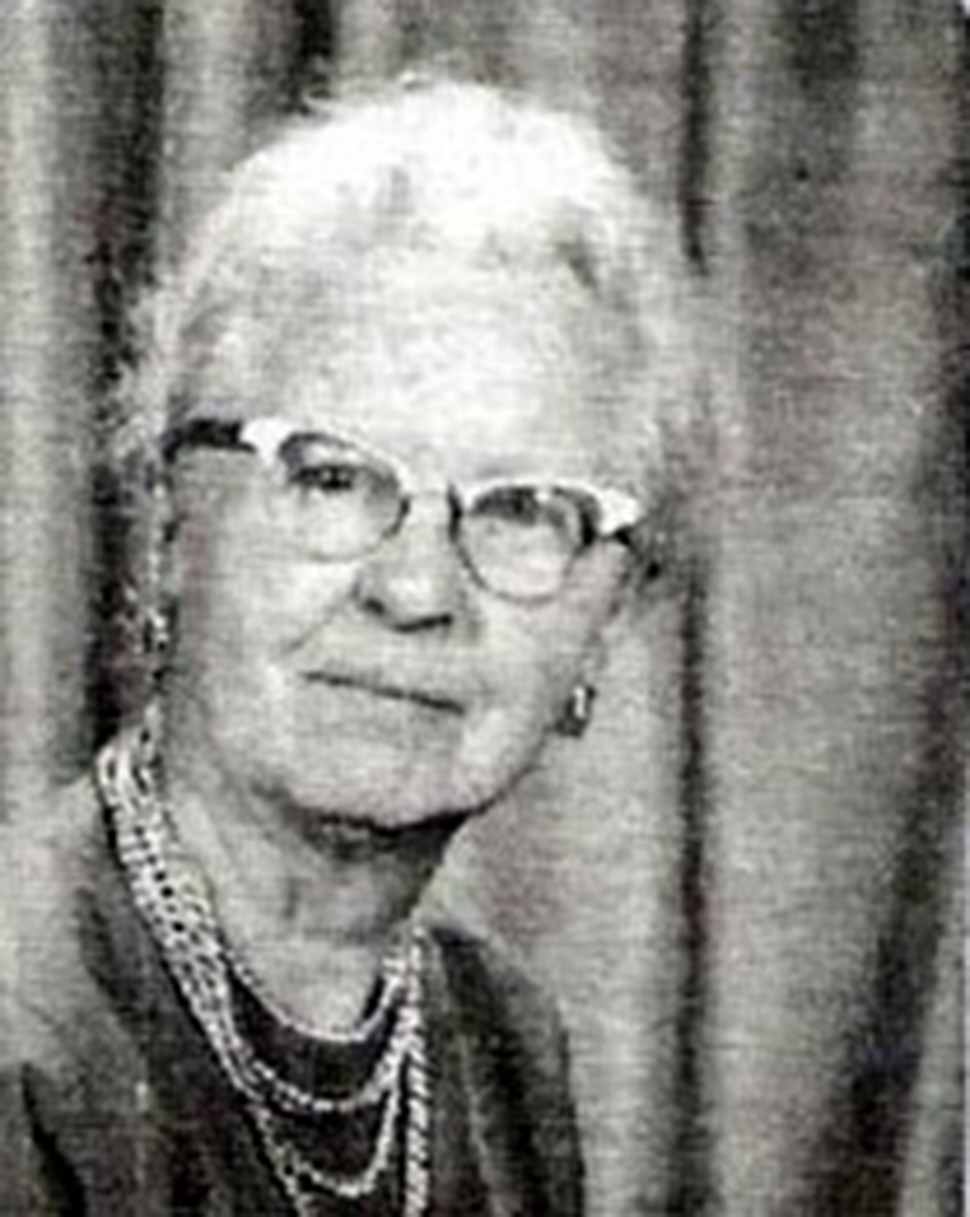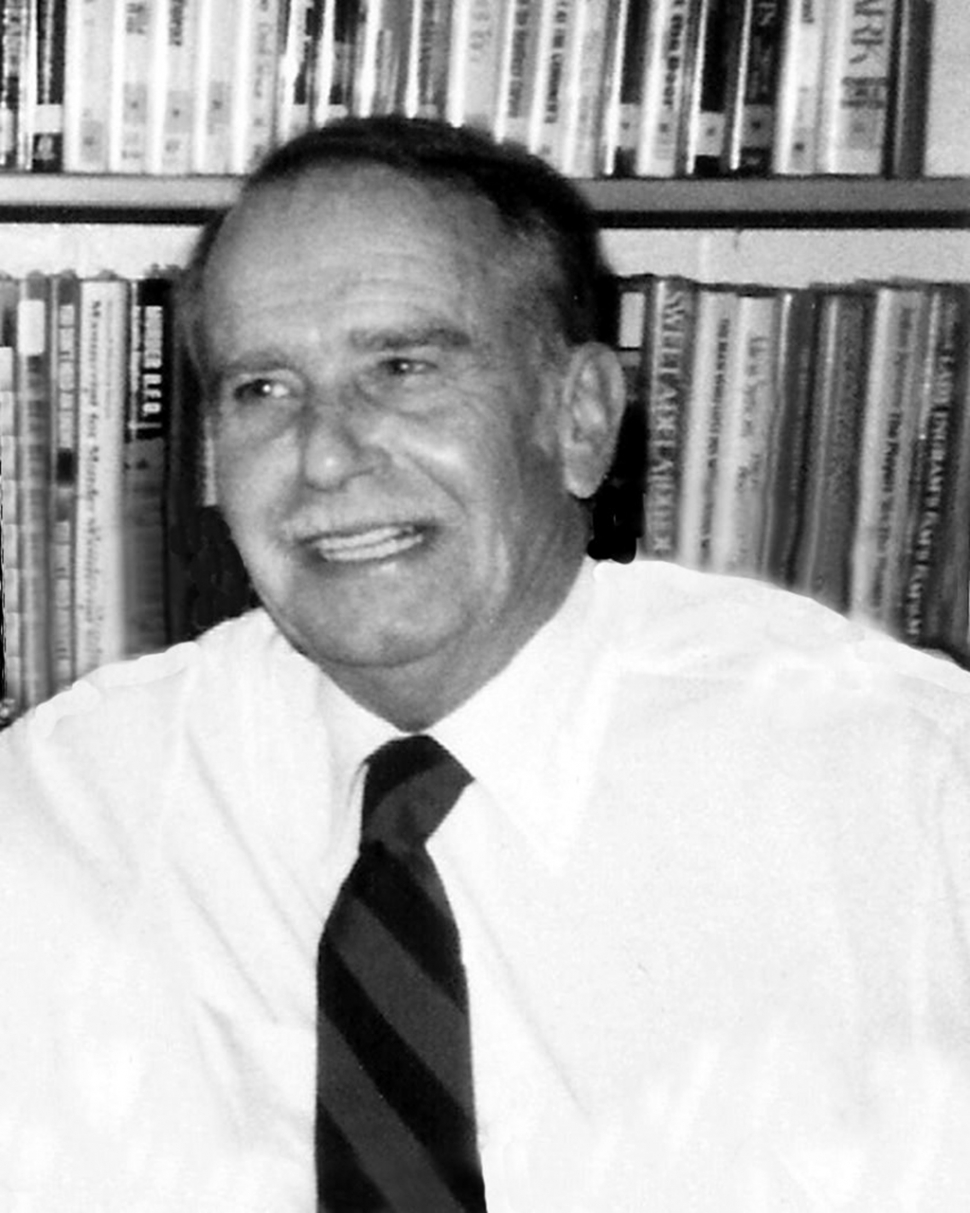|
The Fillmore Library
 Fillmore Branch Library, 1955 prior to opening. Photo taken April 7, 1955 by The Herald. Photos courtesy Fillmore Historical Museum. By Gazette Staff Writers — Wednesday, May 4th, 2022
 Lucy Jorgensen, Fillmore's first librarian.  Hazel Cheek, Librarian who served for twenty years, and was also a former school teacher.  Art Arundell, Librarian who served as Librarian from 1959 until 1988. Courtesy Fillmore Historical Museum The Fillmore Library is closed for now, undergoing a long needed expansion. The Fillmore Branch Library has been a part of the community for 106 years. Even before that, the community recognized the need for some sort of library for its residents. As with many things in early Fillmore, the need was filled by Dr. John P. Hinckley. Shortly after the Fillmore Herald newspaper began publication in 1907, a “Traveling Library” at the home of Dr. Hinckley was advertised. The “traveling library” was operated by the State of California which provided 50 books at a time to Fillmore. Every six months a new supply of books arrived and the former supply was returned. Books could be borrowed by anyone over the age of twelve. Those younger than twelve could borrow books if recommended by an adult. This remained the library for a number of years. By 1910, there was interest in a more permanent library. I. W. Stewart, secretary for the Oxnard Public Library, asked through a letter to the Herald, if Fillmore would be interested in having a library. He said the Ventura County Library system could establish branches in towns that had no public library. There was definite interest in this idea, but Fillmore was not yet a city and nothing happened until after the close incorporation vote in 1914 (https://www.fillmorehistoricalmuseum.org/1914-incorporation). Elizabeth Elkins Rivard was the driving force behind the campaign to have a permanent library in Fillmore. Through her efforts people of the town and surrounding area donated over 350 books to start a library. Ventura County contributed between 50 and 75 volumes. In February of 1916, Julia Steffa, county librarian, outlined the steps needed to secure a branch library. All the town needed to do was furnish a location and the necessary furnishings and equipment and be responsible for the maintenance of the library. On February 11, 1916, an article titled “Local Library is Assured” appeared in the Herald. It would be housed in the Ventura County Co-Op building at 345 Central Avenue and Mrs. Lucy Jorgenson would be its first librarian. Mrs. Jorgensen was not a surprising choice for librarian. She and her husband, Lefieldt, and daughters, Marion and Ruth, had moved to Fillmore from Minnesota in 1912. Lucy was a graduate of the University of Minnesota. Her husband managed Mayor George Tighe’s citrus orchards. She was a member of the group which were early supporters of the branch library. The library opened on Saturday, April 1, 1916. In the first month 225 volumes were checked out. The January, 1917 report had a total of 1,024 books checked out in that month: In March 1917, the number had grown to 1,096. By this time also, the library needed new quarters. A few months later the library moved to the second floor of the new Fillmore State Bank Building at 316 Central on the northeast corner of Main and Central. Lucy Jorgensen served as librarian for four years. Her husband had taken a new position as manager of Roger Edward’s interests in Buckhorn and it required the family to move from Fillmore. She was replaced by Mrs. Bonnetta Dresser who had prior library experience in Klamath Falls, Oregon. Under Mrs. Dresser the library’s circulation numbers continued to grow. She was especially noted to encourage children’s reading, especially Spanish speaking children. She retired in 1936 but continued to help at the library as needed. It was while she was librarian that her family’s home in Bardsdale was destroyed in the St. Francis Dam collapse. Both Mrs. Jorgensen and Mrs. Dresser lived the rest of their lives in Fillmore. Bonnetta Dresser died in 1975 and Lucy Jorgensen in 1971. Bonnetta Dresser was replaced by Miss Dorothy Farthing. She was a graduate of Ventura Junior College and acted as the library’s “custodian” until April of 1939 when she left to be married. Dorothy Farthing was replaced by Hazel Cheek, a former schoolteacher. Her husband, Homer Cheek, had been manager of the Rancho Sespe Packinghouse but had died suddenly in June of 1938.She served as librarian for the next twenty years and made an impression on many of her younger patrons by requiring their silence while in the library. Between 1917 and 1955, the library relocated several times. After moving to the Fillmore State Bank building on Main and Central in 1917, it later was located for a time at 408 Central. It then moved to space in the first floor of the Masonic Building at 455 Sespe Avenue which had previously housed the Post Office. In 1955, the current building was constructed on land donated by the William Shiells Company. A few years earlier, The Shiells Company had donated the land adjacent to the library for the Veterans’ Memorial Building.The building was begun in June, 1954 and was to be finished by February, 1955. A “floor error” delayed opening until June 12, 1955. In 1959 the Fillmore Library had a new librarian, Art Arundell. Art was Fillmore “born and bred” being the grandson of Tommy and Inez Kellogg Arundell who had settled on Pole Creek in the 1870s. He had a bachelor's degree from UC Santa Barbara and a Master’s from Princeton. In World War II he had served in the Middle East. He was librarian until 1988. Art had a great influence on many of the people who frequented the library, especially young people who received a love of books and learning from him. According to his obituary, he made the library, “a place where people of all ages went to brighten their day and children went as though they were going to a second home.” Many residents and former residents remember Art fondly and speak of how he encouraged them in their education. Since Art Arundell, there have been many librarians who have served the community well, despite a library building which had not kept up with the growth of the town and the expanded needs of the community. Anyone who happened to stop by to look for a book during children’s story time would find it crowded and sometimes happily chaotic (Mrs. Cheek would not have approved). If you attended a meeting at the library, adults would often find the only seating to be chairs built for 8-year-olds. The expanded facility will undoubtedly be embraced by the community just as Lucy Jorgensen’s small library in a corner of the Ventura Co-Op was. Hopefully she, as well as Elizabeth Elkins Rivard and the others involved in getting the library first established, would be pleased with the results of their efforts. |
